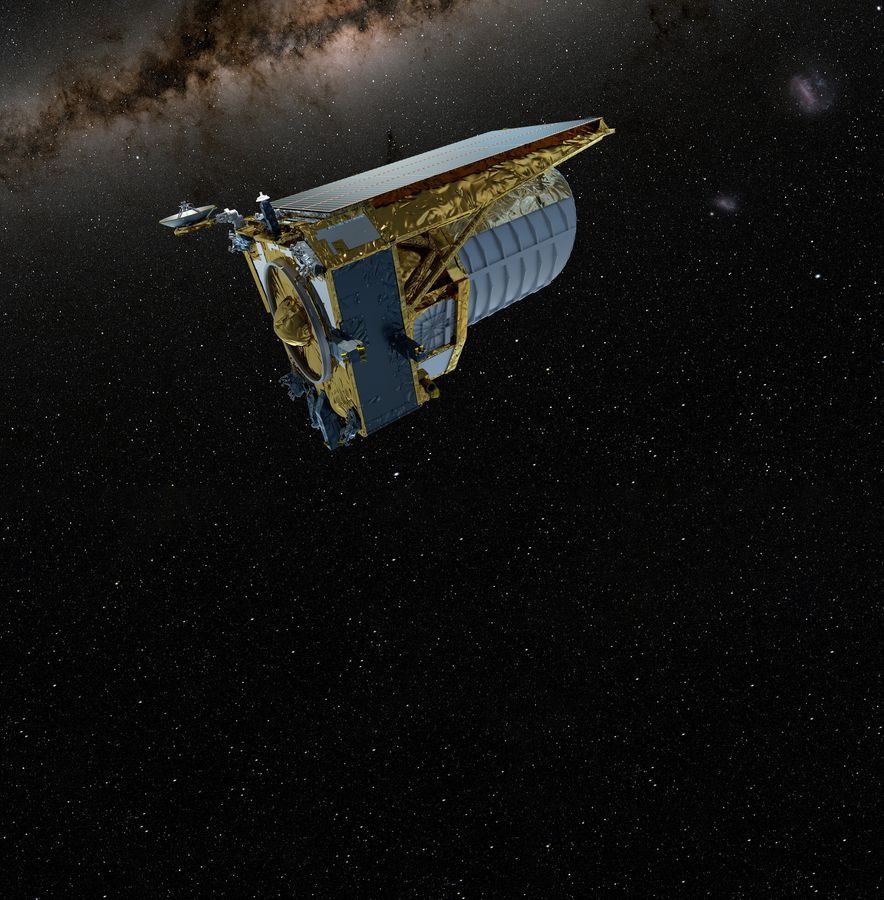
'Hiding in a starless world': ESA's Euclid Telescope discovers 7 rogue planets approximately 1,500 light years away
Produced by: Tarun Mishra


Euclid Telescope Finds Seven New Rogue Planets
The Euclid space telescope has discovered seven new rogue planets, revealing more about these starless, wandering worlds. These planets float freely through the universe, untethered to any star.

Euclid Telescope Finds Seven New Rogue Planets
The Euclid space telescope has discovered seven new rogue planets, revealing more about these starless, wandering worlds. These planets float freely through the universe, untethered to any star.

Perpetual Night on Rogue Planets
Without a star to orbit, these planets experience perpetual night with no days or years. Despite this, scientists believe they may have the potential to host life.

European Space Agency's Latest Discoveries
The European Space Agency recently released Euclid's first scientific results since its July launch. Among these were seven new gas giant rogue planets, each at least four times the mass of Jupiter.

Discovered in the Orion Nebula
These rogue planets were spotted in the Orion Nebula, the closest star-forming region to Earth, approximately 1,500 light years away. Euclid also confirmed the existence of dozens of previously detected rogue planets.

Potentially Trillions of Rogue Planets
Research suggests there could be around 20 rogue planets for every star, indicating their numbers could reach into the trillions in the Milky Way alone.

Future Discoveries with NASA's Roman Telescope
NASA's Roman space telescope, set to launch in 2027, is expected to discover many more rogue planets, providing more clarity on their abundance.

Awe and Mystery of Rogue Planets
These planets evoke a sense of awe and mystery, as they drift through space without a star. Some, like the four binaries found, even orbit each other.

Potential for Life on Rogue Planets
Rogue planets might be cold with frozen surfaces, but geothermal energy could support bacterial or microbial life, similar to life around Earth's geothermal vents.

Creation and Longevity of Rogue Planets
Rogue planets may form in the outer parts of solar systems before detaching from their stars, or as a natural byproduct of star formation. Unlike planets orbiting stars, rogue planets could potentially exist forever.
Credit: NASA